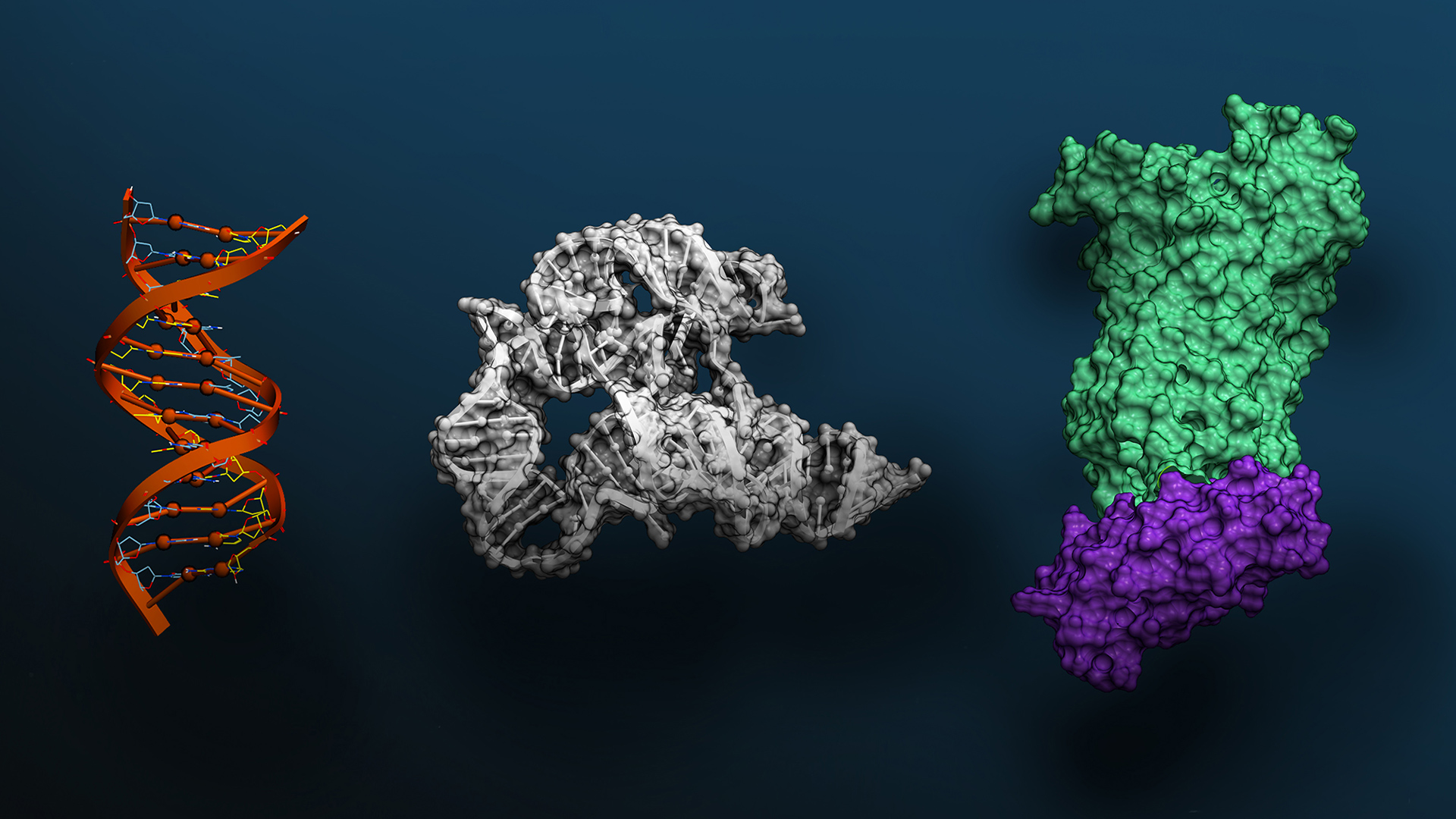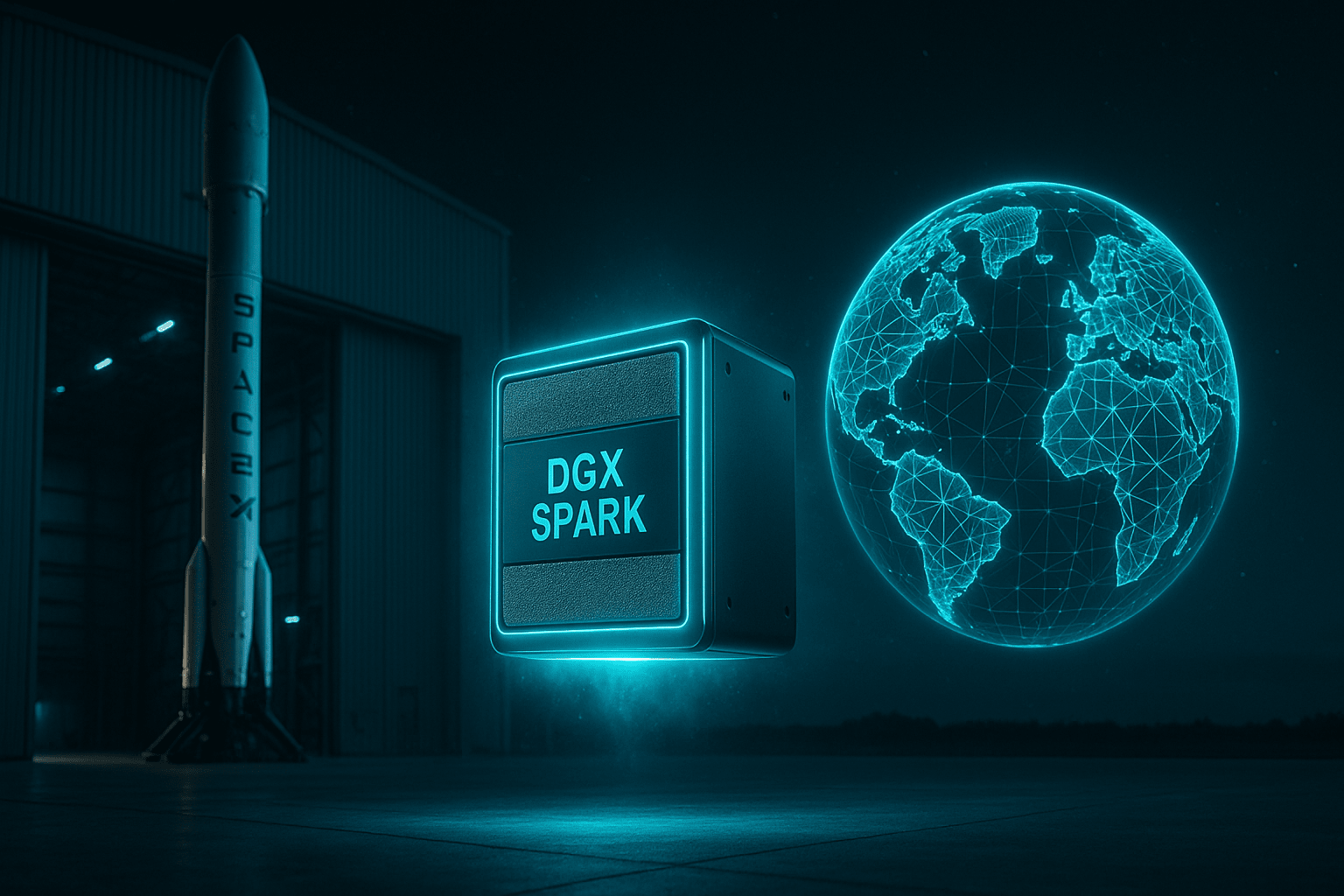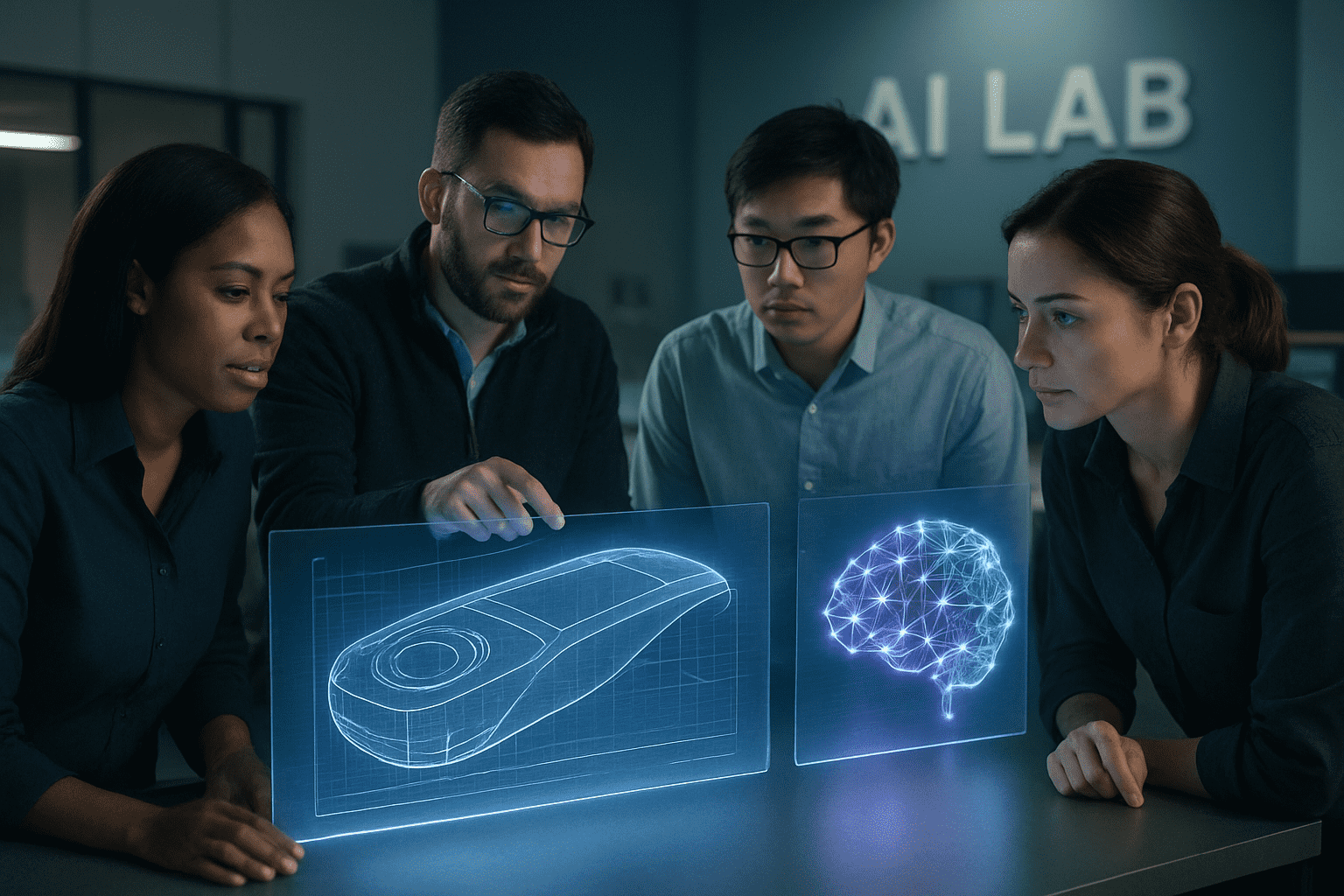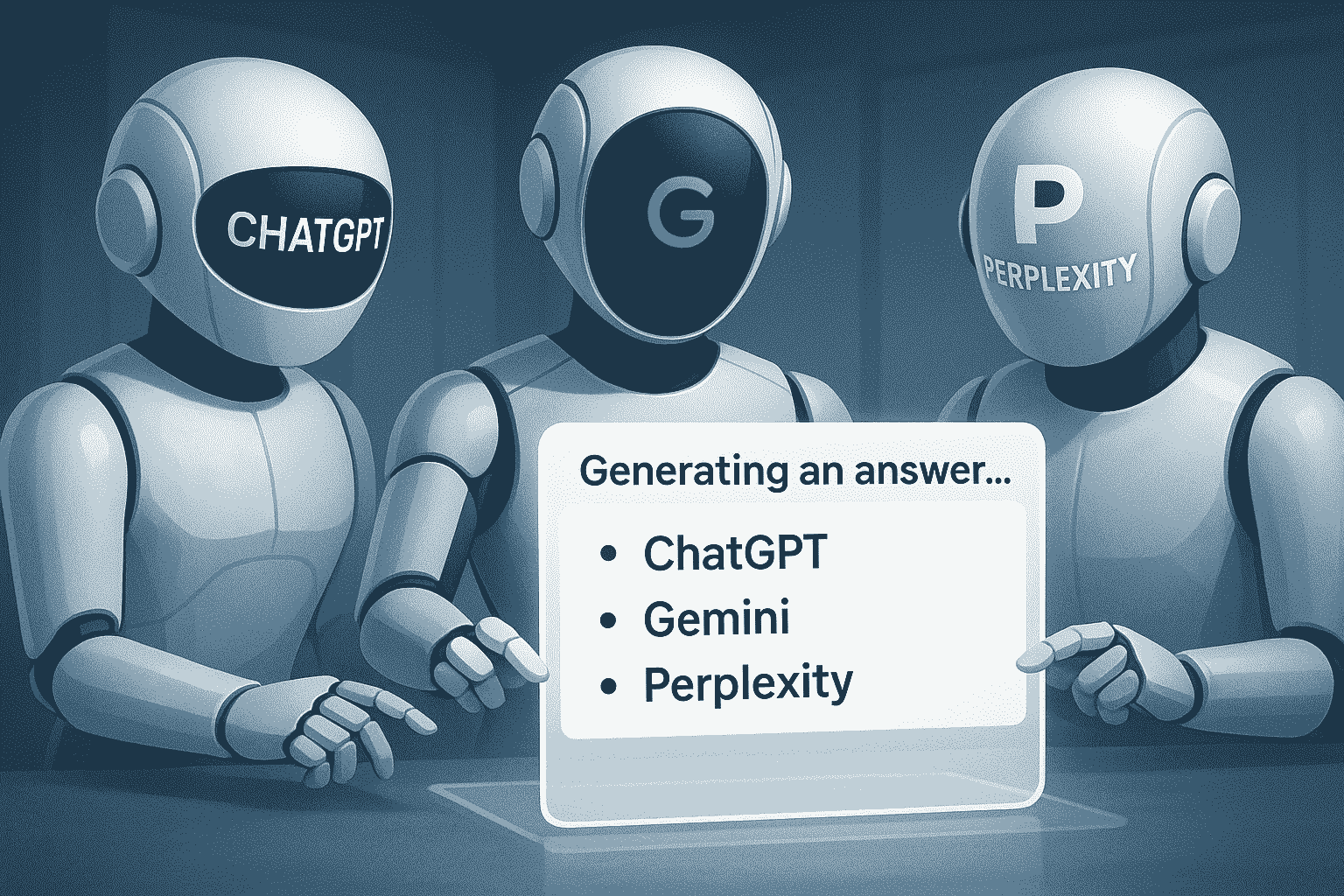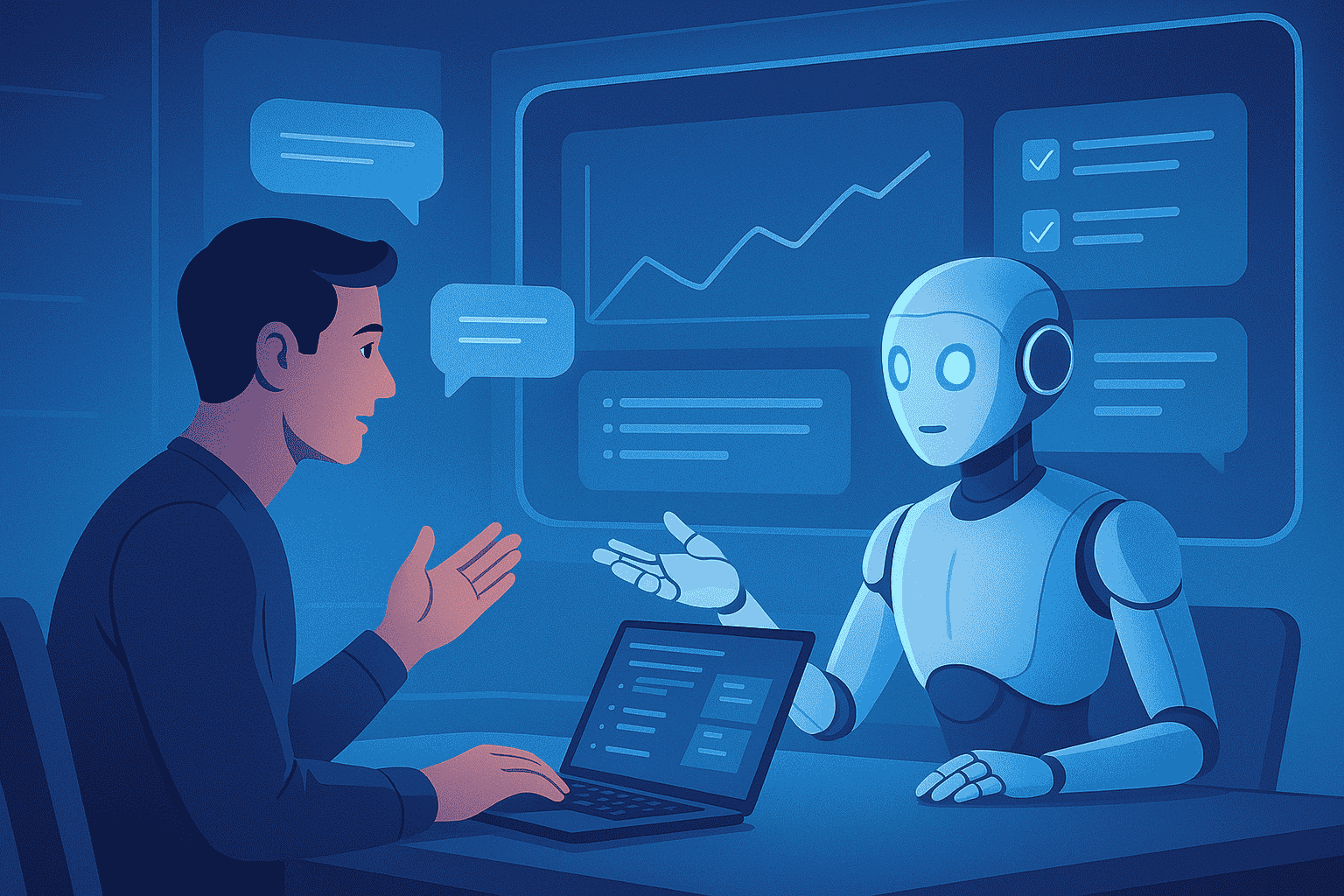Introduction: The Intersection of AI and Biology
The fusion of artificial intelligence and biology is accelerating at an unprecedented pace, and NVIDIA just took it to a whole new level. On February 19, 2025, NVIDIA, in collaboration with the Arc Institute and leading research organizations, unveiled Evo 2 — an AI model designed to analyze, predict, and generate DNA sequences from scratch.
This marks a significant milestone in synthetic biology, opening doors to groundbreaking advancements in genome engineering, disease research, and synthetic life forms. But how exactly does Evo 2 work, and why is it such a big deal? Let’s dive in.
1. What is Evo 2?
Key Features:
- Unparalleled Training Dataset: Trained on 9.3 trillion DNA and RNA base pairs from 128,000+ species, making it the most comprehensive biological AI model.
- Predicting Mutations: Accurately determines how genetic mutations might impact organisms, helping scientists understand genetic diseases and mutations linked to health conditions.
- Synthetic Genome Creation: Can generate entirely new, functional genetic sequences, including bacterial genomes — a massive leap in biotechnology and synthetic biology.
2. How Evo 2 Works: The AI That Writes DNA
Architecture & Functionality:
- Uses deep learning-based generative models similar to large language models (LLMs), but instead of processing words, it works with DNA sequences.
- Understands the functional structure of DNA and predicts biological behaviors based on mutations and modifications.
- Generates new, viable genetic sequences using patterns learned from its massive training dataset.
Comparison with Traditional Methods:

3. Real-World Applications of Evo 2
Evo 2 isn’t just a theoretical breakthrough — it has tangible applications that could redefine medicine, biotechnology, and genetic engineering.
Potential Impact Areas:
1. Precision Medicine & Disease Research
- Predicts how mutations affect human health.
- Helps researchers identify genetic risk factors for diseases.
- Could personalize drug treatments by tailoring medicine to an individual’s DNA.
2. Synthetic Biology & Bioengineering
- Can generate new bacterial genomes, aiding in biopharmaceutical development.
- Assists in designing synthetic enzymes and proteins for industrial applications.
3. Agriculture & Environmental Science
- Develops genetically optimized crops resistant to disease and climate change.
- Could help engineer bacteria to absorb CO₂, fighting climate change at the microbial level.
4. What Sets Evo 2 Apart?
Evo 2 represents a significant evolution from existing AI-driven biological models due to:
- Scale & Training Data: Largest dataset ever used for genomic AI.
- Accuracy: High-fidelity predictions of DNA mutations and functions.
- Synthetic Design Capability: Unlike past models that analyze existing DNA, Evo 2 creates entirely new, functional genetic sequences.
5. Ethical & Future Considerations
With great power comes great responsibility. Evo 2’s ability to generate new DNA sequences raises important questions:
Ethical Questions:
- Biosecurity Risks: Could AI-generated genomes be misused?
- Synthetic Lifeforms: Should we create entirely new organisms?
- Intellectual Property: Who owns AI-generated genetic codes?
Regulatory Challenges:
- Governments and bioethics organizations will need to set guidelines for safe AI-powered genome engineering.
- Transparency in AI decision-making will be crucial for responsible development.
Conclusion: A New Era for AI & Biology
NVIDIA’s Evo 2 is not just another AI model — it’s a revolution in genetic science. By blending AI-driven insights with DNA synthesis, it opens the door to curing genetic diseases, creating synthetic organisms, and transforming biotechnology.
But as with all powerful technologies, responsible development is key. The world will need to balance scientific progress with ethical oversight as we step into the future of AI-driven life design.
Call to Action:
- What are your thoughts on AI writing DNA?
- Do you see Evo 2 as a boon for medical research or a bioethical challenge?
Let’s discuss in the comments!
Final Thought:
🚀 Want to read more about this breakthrough? Check out NVIDIA’s official announcement here:
Arc Institute: Evo 2 AI Model






